
How’s My Driving?
July 3, 2014
The common “How’s My Driving?” bumper sticker can be found on many-a-truck these days. How many people do you think call these phone numbers each year? Well, it probably depends on how the driver performs, but I’d guess that it would have to be some pretty terrible driving for someone to go out of their way to call a number off of a bumper sticker.
A trucker committing any of these mistakes is sure to get a complaint called in:
- Cutting Someone Off. Not only is it dangerous (and rude) to cut someone off in traffic, but it also gives the driver behind you a very good view of your license plate to record and complain about.
- Tailgating. The trifecta of terrible driving: dangerous, rude and stupid. Tailgating accomplishes NOTHING and risks everything. Keep a respectable distance when following other vehicles or you’re just going to create a very dangerous situation for everyone.
- Driving Too Fast. If you’re hauling gas and driving too fast, other drivers are sure to get a little uneasy. No one wants to share the road with a speeding atom bomb, and that fear is sure to cause people to dial in for safety.
- Unnecessary Passing. If you’re going to pass a car, then make sure it’s worth it. Don’t pass them up only to merge back into their lane and drive slower than their speed. Make sure the vehicle is consistently driving slower than your preferred rate before passing them up. Nobody likes to play leap frog.
- Getting Stuck at an Intersection. Misjudging a turn and getting stuck at an intersection is a major fail. In this case, it won’t just be the driver behind you filing a complaint. As traffic builds up, many cars full of cell phone-wielding drivers and passengers will start dialing up the safety number. Plus, the police are more than likely to get involved.
Everyone makes mistakes. If you have made any of these particular mistakes, then don’t beat yourself up. Just remember to pay attention and drive safe and you’ll already be a better driver than half the people out there.
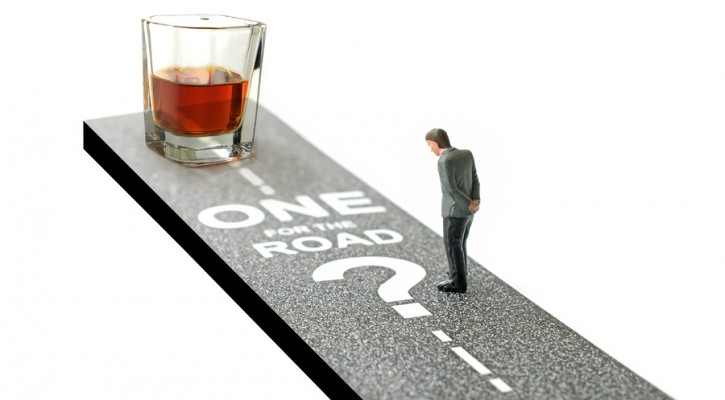
A Solute to the Designated Driver
July 2, 2014
The Designated Driver is an honorable breed. These awesome people make the roads a safer place and the world a better place.
While others are running wild, they remain safe and sober and ready to be someone else’s lifesaver. They save the lives of their friends and family. They save the lives of other drivers, cyclists, and pedestrians. They save the lives of anyone and anything that happens to lie in the war path of a potential drunk driver. They are heroes.
To all you sober drivers out there… we solute you!
And to all you new drivers out there, getting your license for the first time and getting that first taste of “freedom on the open road”… we encourage you to become a designated driver this year and help save lives!
With 4th of July around the corner, and summer festivities raging on until the end of the season, we can use all the designated drivers we can get.
So get on the #DD bandwagon and help keep our roads safe.
New Facts in Tracy Morgan Crash
June 30, 2014
The crash heard across the land – the crash that injured actor Tracy Morgan, killed fellow comedian James McNair, and sparked a national HOS debate – is just now coming into the light. Real, actual facts have been revealed alas!
Here are the new facts in the Tracy Morgan Crash:
The National Transportation Safety Board recently released its findings. The truck driver, Kevin Roper, was not over his allowable hours. This fact is indisputable thanks to the electronic logs installed in Walmart trucks.
However, Roper was speeding. The report said that the driver was travelling 65 mph in a 45 mph zone. It also noted that he was traveling at 65 mph for 60 seconds before the crash. That means he had little time to apply the brakes.
The report did not say why he failed to apply his brakes, but we’re sure to see plenty of speculation on that in the days to come.
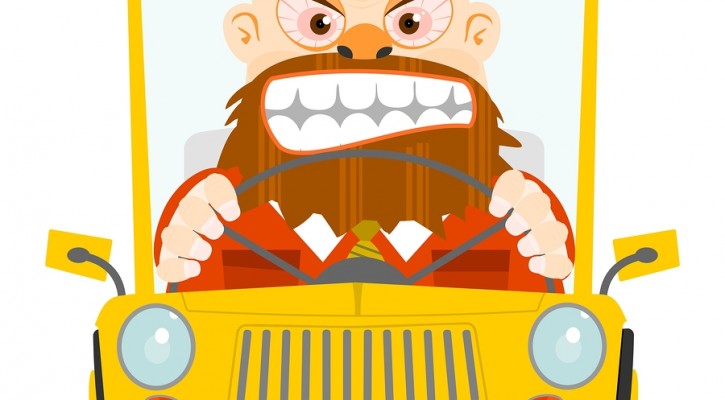
Don’t Be a Menace: The 5 Worst Driving Habits
June 29, 2014
Kindness is contagious, but so is road rage. Don’t start a road rage rampage by committing one of the 5 Worst Driving Habits:
- Tailgating. There’s never, ever, ever a good reason to ride someone’s bumper. If you’re driving faster than the person in front of you, then pass them. If you can’t pass them right away, stay a safe distance behind until it is clear to pass. By riding their bumper, not only are you driving dangerously, but you are also blocking your own view of the road ahead. Also, you are most likely infuriating the other driver, which will only make them drive slower to spite you.
- Turning/Merging Without Blinkers. There is this handy lever by your steering wheel – it controls the blinkers – and it’s there to let other drivers know when you’re about to turn or merge. USE IT! Use it when you’re changing lanes. Use it when you’re turning right. Use it when you’re turning left. Use it when you’re merging. Use it when you’re exiting. Use it when you’re planning on turning left at the stoplight. Don’t be shy. Blinkers are one of the only ways for cars to communicate with each other, so use them.
- Cutting People Off in Traffic. There’s no need to cut off another vehicle in traffic. Being one car ahead isn’t going to drastically change your commute time. If you can’t pass someone safely, then don’t pass them at all.
- Driving Too Slow. Driving 40 mph on a 70-mph highway isn’t just annoying – it’s dangerous. It’s also illegal, depending on the speed of traffic and your own state’s laws.
- Left Lane Cruising. The left lane is for passing. Period. When cars stay in the left lane and drive at the same speed as the rest of traffic, they create congestion behind them. So if you’re not passing someone, then you shouldn’t be in the fast lane.
Let’s make the world a more peaceful place by driving like the safe, responsible, respectful people we are. When everyone has good highway etiquette, everyone wins. Traffic flows smoothly, kindness wins over road rage, and the backdrop fills with sunshine, bunny rabbits and rainbows.
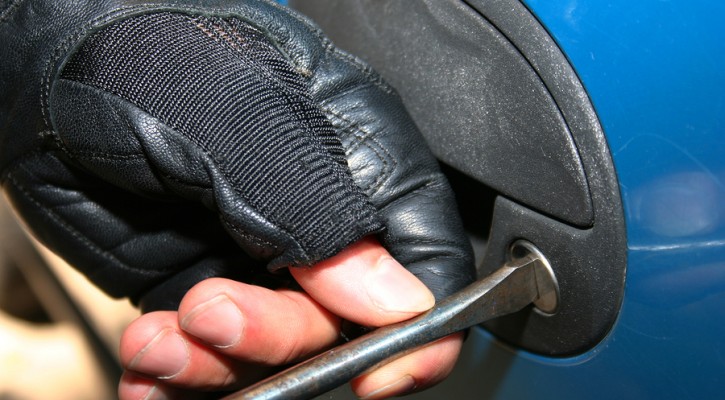
Dude, Where’s My Car?
June 26, 2014
Want to know if your city ranks among the Top 10 Car-Theft Hot Spots? If you live in one of California’s metropolitan areas, chances are it does.
A recent NCIB (National Crime Information Center) report revealed that 9 of the Top 10 Car-Theft Hot Spots for 2013 were in California:
- Bakersfield, CA
- Fresno, CA
- Modesto, CA
- San Francisco/Oakland/Hayward, CA
- Stockton-Lodi, CA
- Redding, CA
- Spokane-Spokane Valley, WA
- Vallejo-Fairfield, CA
- San Jose/Sunnyvale/Santa Clara, CA
- Yuba City, CA
It should be noted the study was measured using per capita rates for broad metropolitan statistical areas. That way certain areas wouldn’t rank higher just because they had more residents.
The good news is that total vehicle thefts in the U.S. are down 58% from their peak in 1991. So, while California residents may want to consider using the newest anti-theft technology, the rest of the country can breath a sigh of relief. Relief that all the thieves seem to be living on the west coast these days.
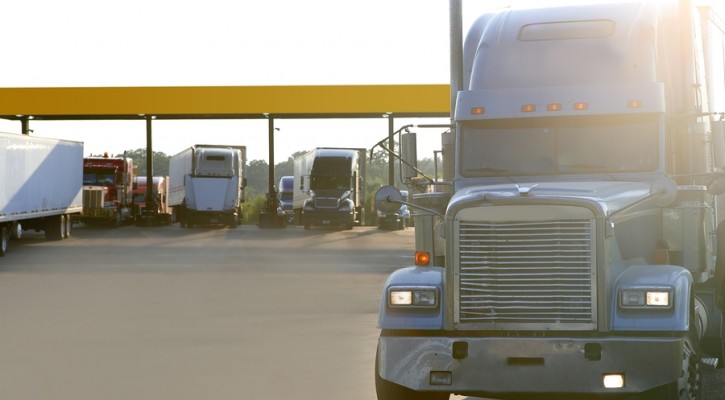
The Parking Dilemma
June 25, 2014
Parking is a necessity in the trucking industry. Sadly, it’s also a scarcity. Parking shortages are a major problem in the trucking world. Without a place to park, there is no place to sleep, shower, or even use the restroom.
How can truck drivers ensure they have adequate parking when travelling over-the-road? How can they avoid breaking the law when it comes to HOS (Hours of Service) rules and regulations? It’s a tricky dilemma, but we have a few tips to help out all the weary drivers out there:
Plan Carefully. Know your route. Research truck stops, rest areas, motels and overnight parking. Then make a solid game plan that will enable you to find a parking spot before your daily hours run out.
Drive Early. In crowded cities, truck stops and rest areas fill up quickly. However, you can secure a parking space early if you start your day earlier. By waking up around 3 a.m. and finding a parking spot before 6 p.m., you will beat the rush and save a lot of time hunting for a place to stop for the night.
Don’t Count on Walmart. In the old days, Walmart was known for their overnight parking. Big lots, few curbs and a general respect for the people who delivered their goods made these grocery stores a go-to place for trucker parking. However, these days many Walmart parking lots have these signs posted throughout the property:
NO TRUCK PARKING
VIOLATORS WILL BE TOWED AT THEIR OWN EXPENSE
Even a quick stop for groceries has resulted in bad experiences for trucker Ray Earl Bishop Jr. and blogger for Overdrive Online Wendy Parker. The days of free camping (aka boondocking) at Walmart are over. It’s best to keep on trucking until you find a truck stop or rest stop.
Know the Sweet Spots. Have a look at our previous post: Truck Stops, Pit Stops and other Over-The-Road Sanctuaries to learn all about the best places to park across the U.S. Then, feel free to share your knowledge and comment to help us make this list more complete.
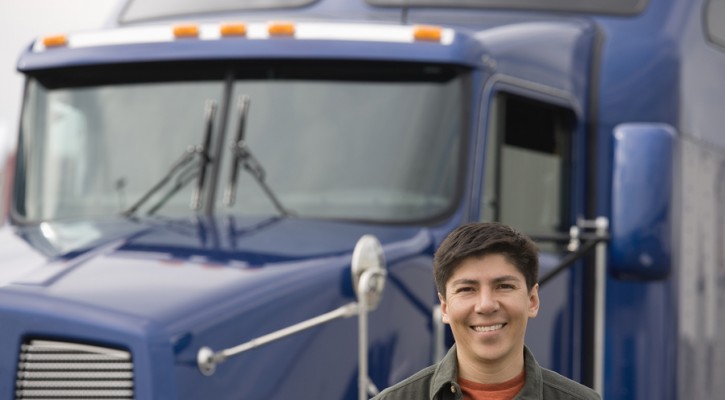
Trucker Health
June 24, 2014
This year, professional drivers will be required to take a new kind of physical. The physical will have to be performed by an FMCSA-approved medical examiner, who will fill out DOT forms covering six main areas of trucker health:
- Heart disease, blood pressure, triglycerides and cholesterol
- Diabetes
- Digestive system
- Respiratory health, including sleep apnea
- Weight and nutrition
- Joint and back pain
Truckers suffering from any of these health problems won’t necessarily be denied their licensing, however, they may be issued temporary medical certification cards.
The goal is to encourage lifestyle changes that improve the health of commercial drivers. Truck driving is a high-risk occupation, both because of dangers on the road and dangers to overall well-being.
That’s why we will be featuring weekly tips for improving health while on the road. Things such as diet, fitness and simple hydration can make a world of difference.
Come back next week for our first Healthy Trucker Tip of the Week: Take 10,000 Steps!
Worst Traffic of All Time
June 23, 2014
Traffic is a brutal part of everyday life. However, this list from Forbes may make you see traffic in a whole new light. Sure, you might have to sit in a traffic jam for three or four hours, but that is nothing compared to these painful times in driving history:
Variable Speed Limits – A TxDOT Experiment
June 22, 2014
Texas drivers in San Antonio, Waco, and Eastland County may notice new speed limit signs on their daily commute – digital signs with variable speed limits that change throughout the day. The variable speed limit signs are part of a TxDOT pilot program designed to increase highway safety.
Speed limits will vary from current posted speed limits down to 30 mph, depending on how fast traffic is moving. Factors such as road conditions, weather and construction will also be taken into account. Changes will occur in 5 mph increments.
Drivers can be ticketed if they are caught violating the speed limits posted on the electronic signs.
The idea is to increase safety by warning drivers about the speed of traffic, as well as to prevent congestion before it starts. This strategy of spacing and pacing is used in other states, from Florida to Washington. The use of Active Traffic Management, or ATM, has had positive effects on traffic safety and congestion.
Eventually, the Texas Transportation Commission and the state Legislature will evaluate the TxDOT pilot program and decide whether or not to adopt the variable speed system.
Faster is Better?
June 20, 2014
Here at the Test Questions and Answers blog, we like to advocate for safe driving practices. We like to promote a safety-oriented driving style for all our new drivers. We also like to share the lesser-known facts of life on the road, things that you won’t learn from your local driving instructor.
With that in mind, we’d like to share a video with some counter-intuitive ideas (and surprising facts!) about speed limits. Mainly, the idea that sometimes faster is better.
Now, all you eager teenage speedsters shouldn’t get too excited. This video argues that raising speed limits could reduce traffic collisions. It does not advocate for breaking the law and driving over the speed limit. It certainly doesn’t advocate for street racing, or even driving faster than normal highway speeds.
Nevertheless, it’s always cool to learn something that shatters our common assumptions, our basic understanding of accepted realities. Now that you know something most others don’t, show off your new-found knowledge and share the story!
And remember, don’t just drive faster, #drivesafe.
